Sarah23
TPF Noob!
- Joined
- Mar 3, 2008
- Messages
- 716
- Reaction score
- 0
- Location
- Oklahoma
- Can others edit my Photos
- Photos NOT OK to edit
I am thinking about getting an accessory flash in the next couple months...but I have NO idea what all the numbers and stuff means!
Can someone translate?
Is it possible to get one for around $50-$100? Or are those crap?
Can someone translate?
Is it possible to get one for around $50-$100? Or are those crap?



![[No title]](/data/xfmg/thumbnail/42/42481-e35ff0c514a554d7bd4381fb2ae79c5a.jpg?1619740195)
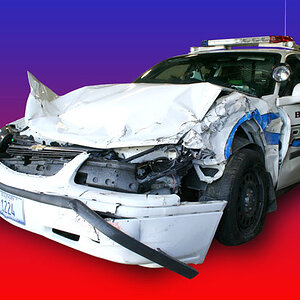
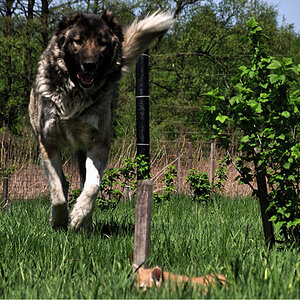
![[No title]](/data/xfmg/thumbnail/42/42485-78d600ec012514df268a482c4c59bb62.jpg?1619740196)
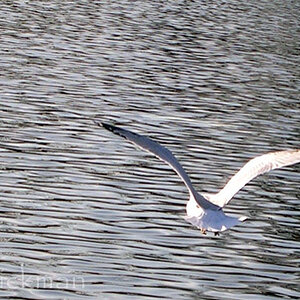
![[No title]](/data/xfmg/thumbnail/32/32983-e979bc0c64090f2693d7fae6b3cc425c.jpg?1619735813)
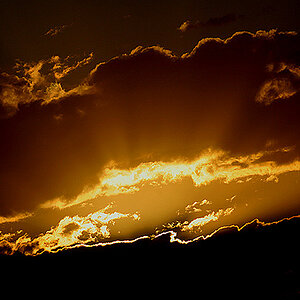

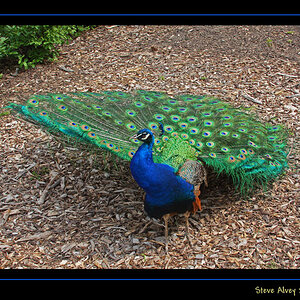
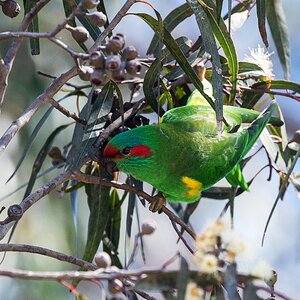
![[No title]](/data/xfmg/thumbnail/37/37129-2b15d9f6bc8d43c2c1247a6c591d14aa.jpg?1619737884)